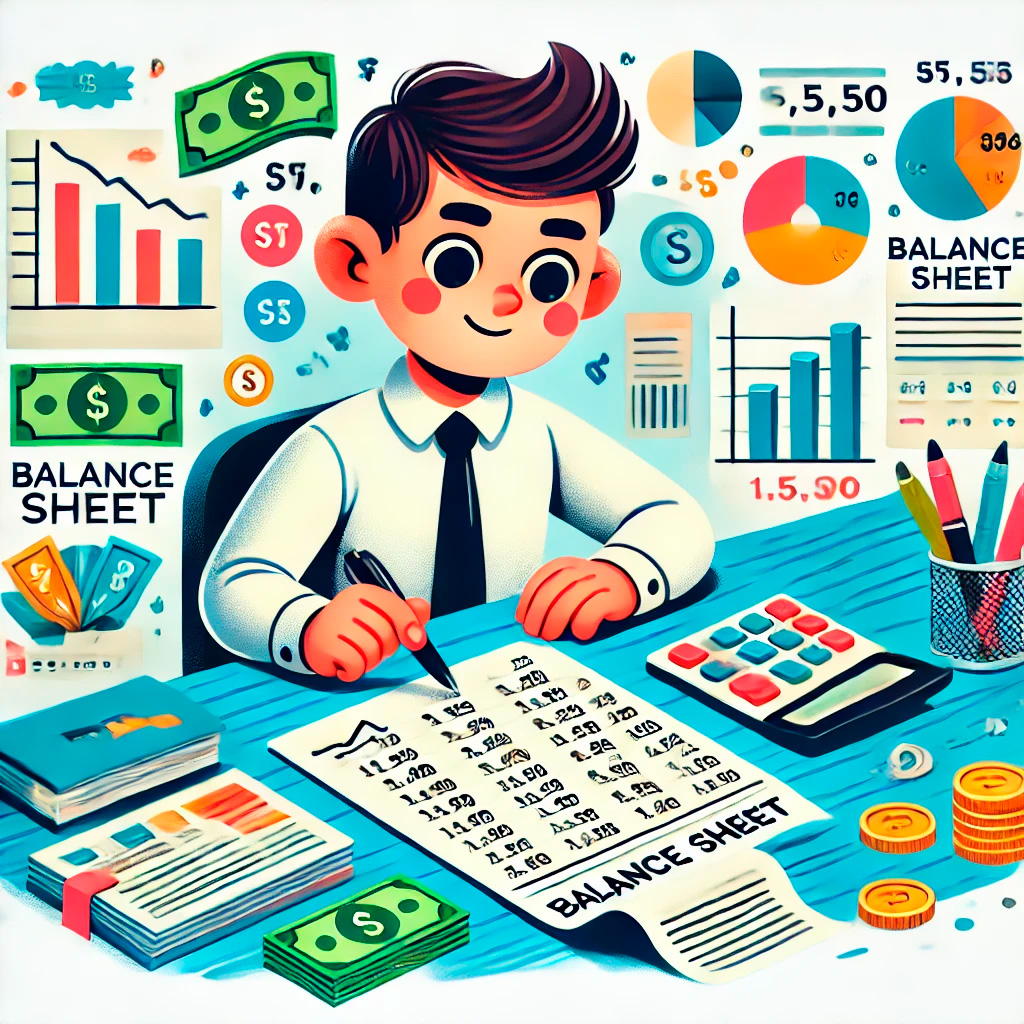
What Is a Balance Sheet?
The Balance Sheet Equation
A Balance Sheet always follows this fundamental equation:
Assets = Liabilities + Equity
This equation is always in balance (hence the name “Balance Sheet”). If it’s not, well, you’ve got some accounting gremlins to hunt down! 🕵️♂️
Breaking Down the Balance Sheet
Assets: What the company owns or controls
- Current Assets (can be converted to cash within a year):
- Cash and Cash Equivalents
- Accounts Receivable
- Inventory
- Non-Current Assets (longer-term assets):
- Property, Plant, and Equipment
- Intangible Assets (like patents or trademarks)
- Long-term Investments
Liabilities: What the company owes to others
- Current Liabilities (due within a year):
- Accounts Payable
- Short-term Debt
- Current portion of Long-term Debt
- Non-Current Liabilities:
- Long-term Debt
- Deferred Tax Liabilities
Equity: What’s left for the owners
- Common Stock
- Retained Earnings
- Additional Paid-in Capital
Why Does the Balance Sheet Matter?
The Balance Sheet isn’t just a bunch of numbers for accountants to geek out over (though they do love it). Here’s why it’s important:
- It shows the financial health of a company at a glance.
- It helps investors understand what the company owns and owes.
- It’s used to calculate important financial ratios (like the debt-to-equity ratio).
- It can reveal potential red flags (like too much debt or not enough cash).
Balance Sheet vs. P&L
Remember, while the P&L (Profit and Loss Statement) tells you how a company performed over time, the Balance Sheet is a snapshot of its financial position at a specific moment. It’s like the difference between watching a movie (P&L) and looking at a photo (Balance Sheet).
Industry-Specific Balance Sheets
Different industries might have different-looking Balance Sheets:
- A manufacturing company might have lots of equipment in its assets.
- A software company might have more intangible assets like patents or software licenses.

Leave a Reply